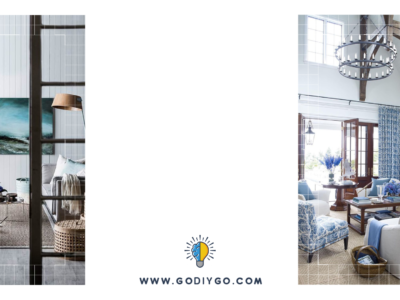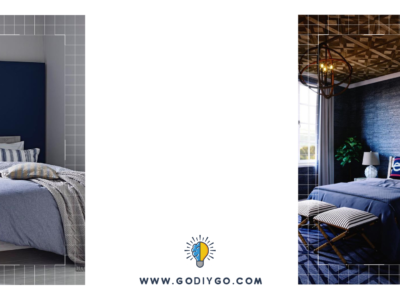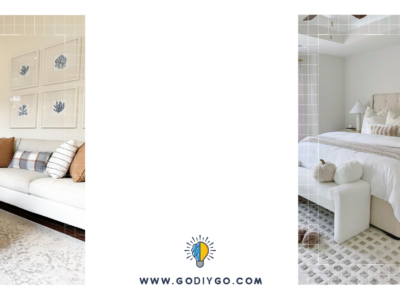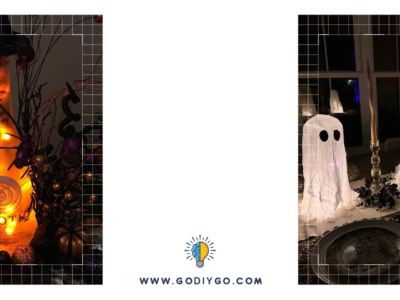
At the center of nearly all family homes exists some form of the living room. Space where all the family can come together at the end of a hard day of work or school to relax and unwind with some shared activity. Whether it be watching a hot new miniseries, playing a board game to argue over, or simply staring at our phones and books in companionable and comfortable silence, the living room is the heart of the home. One of the most effective ways of creating a homely and welcoming atmosphere in our living rooms is with the use of a floor lamp, with the right positioning and style of shade, a wide range of ambiances and effects can be created. Also, there is something we need to consider, including where to put floor lamp in living room, choosing the ambiance and etc.
Managing Glare
The first thing to consider when choosing a position for your floor lamp is ensuring that it does not become the source of argument among the family. This may seem odd on its face, how on earth could lighting of all things be the source of disagreement? But consider the following, a living room lamp with an open-bottomed shade, placed behind the seating area, will provide an excellent source of light to read by. However, in many living rooms, television is also often placed a few feet in front of the seating area. So, one person’s helpful reading light may also become another person’s distracting bright streak across the screen they are trying to watch. When choosing a position for your lamp, be sure to check that it does not cause a glare on screens in the room when switched on, and make sure that this is true from all, or at least most of the positions in the seating area. Be sure to compare ‘on’ and ‘off’ from every seat.
Working With Your Natural Light
Every room’s natural light is different, with no exceptions. Even rooms with identical furnishing and windows, placed next to each other, receive sunlight at different angles and levels throughout the day and over the course of the year. When choosing a position for your lamp, consider how you’d like the room’s atmosphere to change between nighttime and daylight hours. For example, a room whose windows are mainly west facing will be most brightly lit in the afternoon and evening. This can be mimicked after sunset with lamps placed on the west side of the room, or contrasted with by placing them at the east side. If you’re unsure which direction your windows face, free compass apps are available for most modern smartphones on their respective app stores, failing this, you can use a map service (such as google maps.) by comparing the shape of the room to the orientation of the building as shown on the map, nearby roads can be used for reference.
Choosing An Ambience
The effect or ‘feel’ of a light source is mostly determined by a property commonly called ‘temperature’, in actuality, this is not related to the amount of heat being generated by the bulb but instead how blue or red the light is. A warming, cozy ambiance can be created with a redder source, whereas a bright, fresher feel can be created with a more white-blue one. Whilst this is mostly determined by the bulb itself and the color of the lampshade, it’s important to take into account the colors of the walls and furniture close to the lamp, as these will moderate or emphasize the color of the light cast into the rest of the room.
It’s also helpful to have a specific concept in mind when trying to create an ambiance with lighting. For example, if we wanted to evoke the feeling of a movie theater, we might consider placing two-floor lamps with upwards facing shades on either side of a TV at one end of the room, with the seating area in relative darkness. Mimicking both theatre room ceiling lights and the spotlights and a glitzy premiere.
Conclusion
The three factors discussed above are consciously ordered to follow a hierarchy of priorities that should be followed when determining how best to position a standing lamp. Utility, adapting to the environment, and finally, actualizing your vision for the room. Your moody spotlighting may look great, but it isn’t much use if it leaves the room too dim or casts a glare over the TV, using a second light to compensate for this will spoil the effect you were going for in the first place.
















